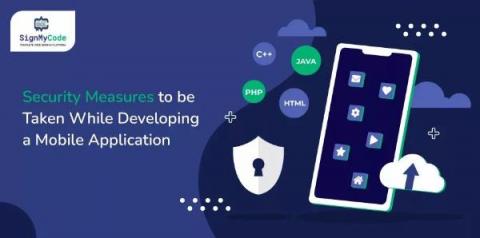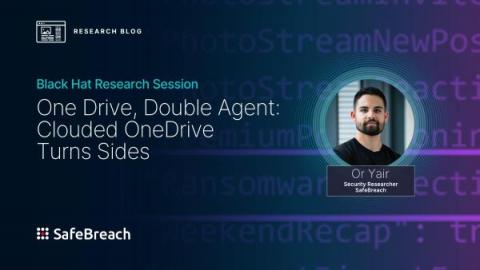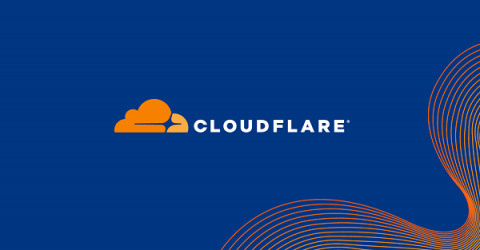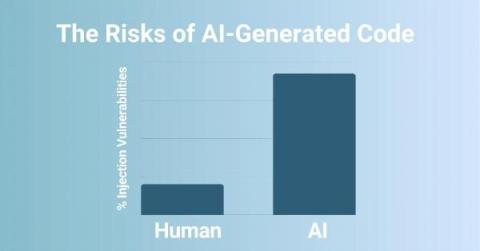Security Measures to be Taken While Developing a Mobile Application
Today, mobile apps have become an integral part of our lives. So, ensuring adequate security measures are taken while developing them is important. App security is not a feature or a bonus but a basic requirement. Having inadequate security measures in place can prove to be disastrous, and one security breach can cost a business a lifetime of trust and millions of dollars. Critical security measures must be taken to ensure data security and privacy when developing mobile apps.











